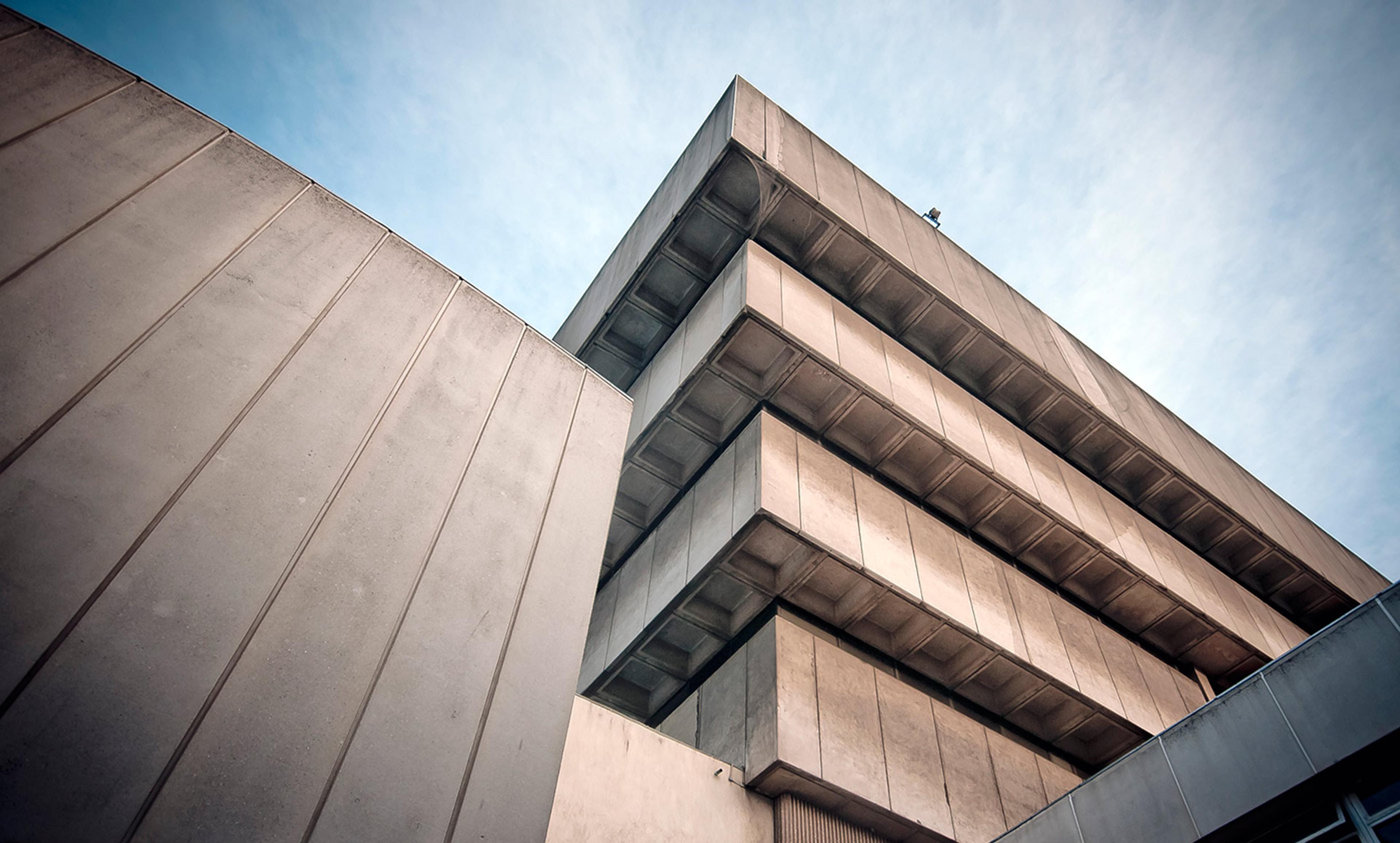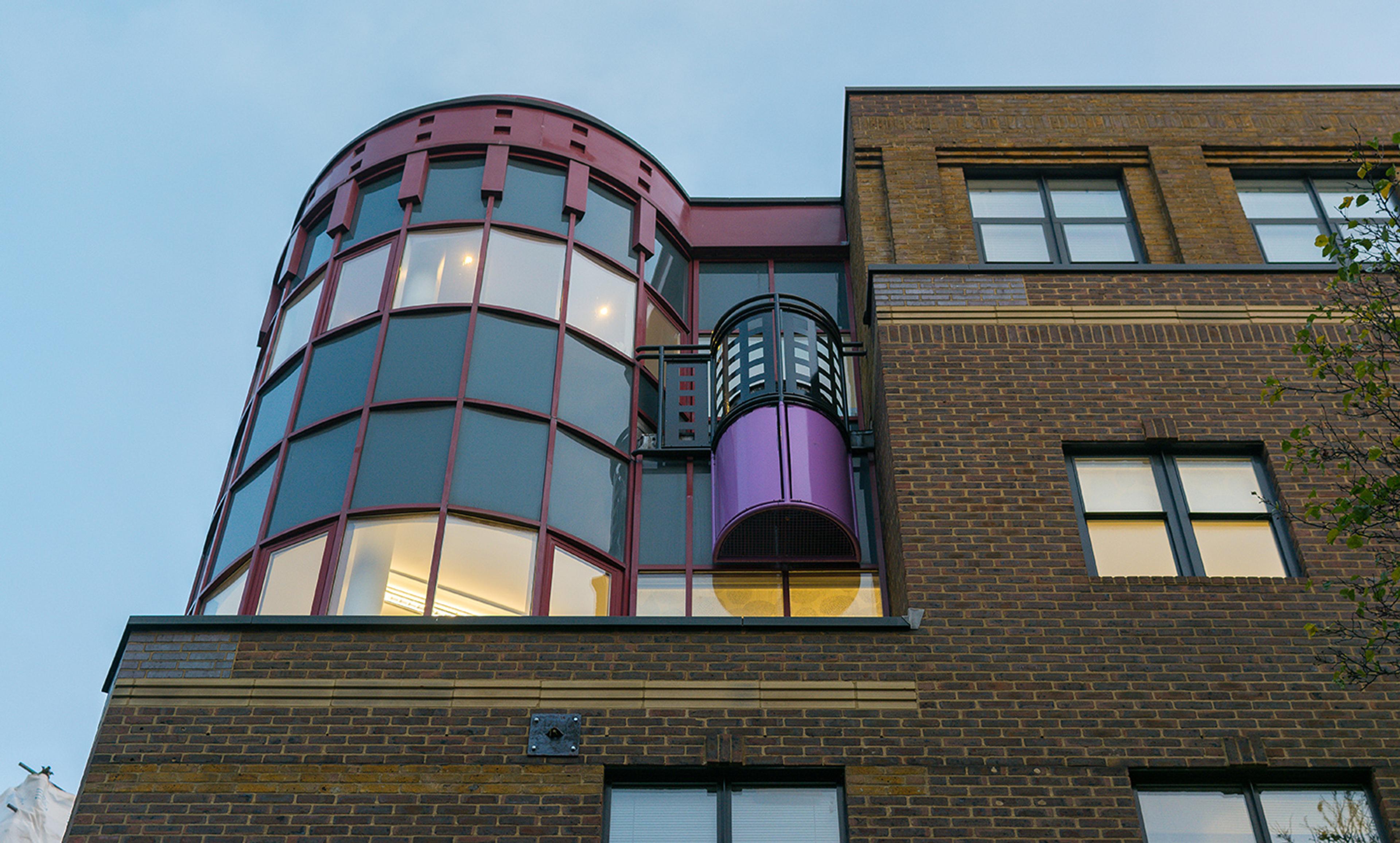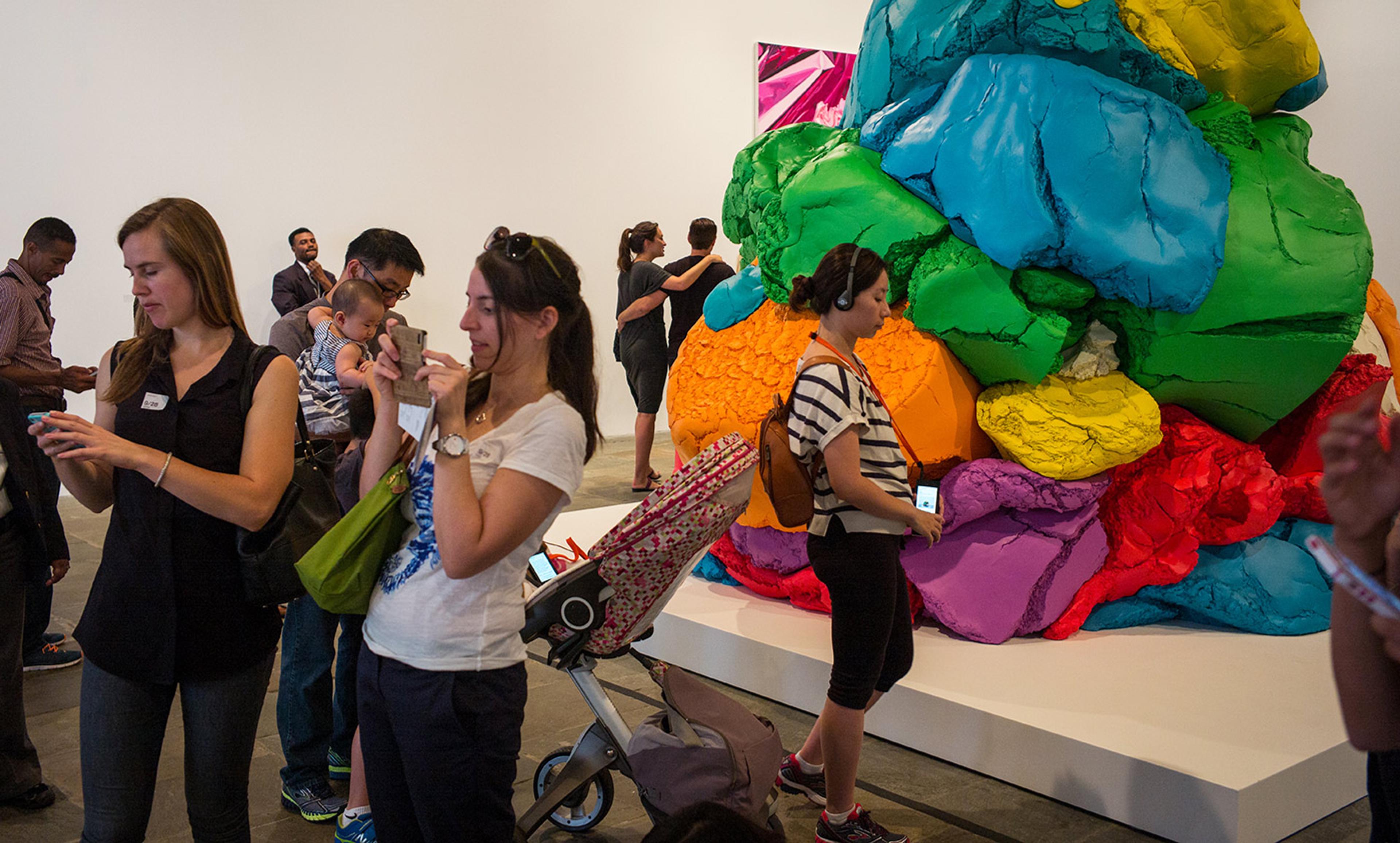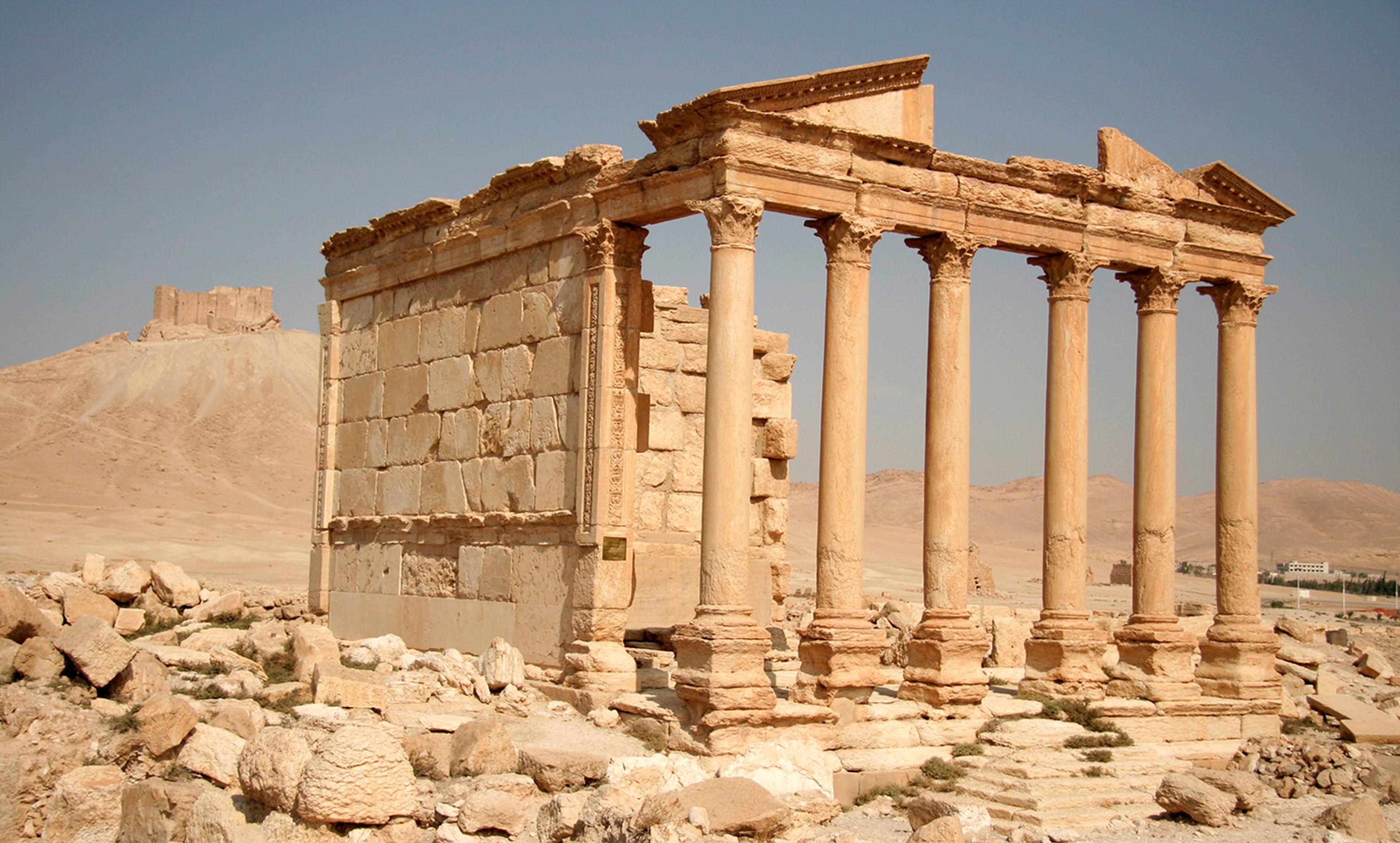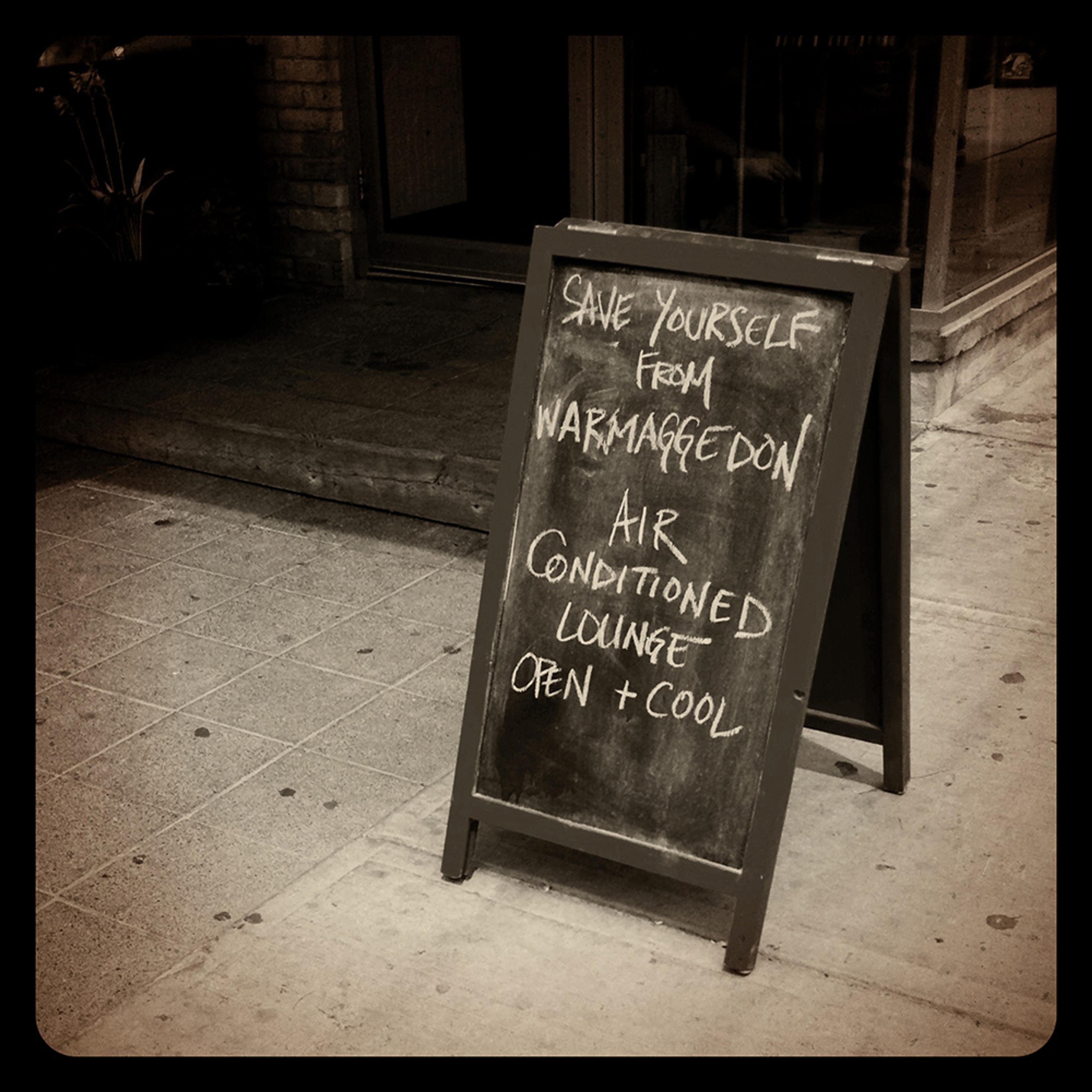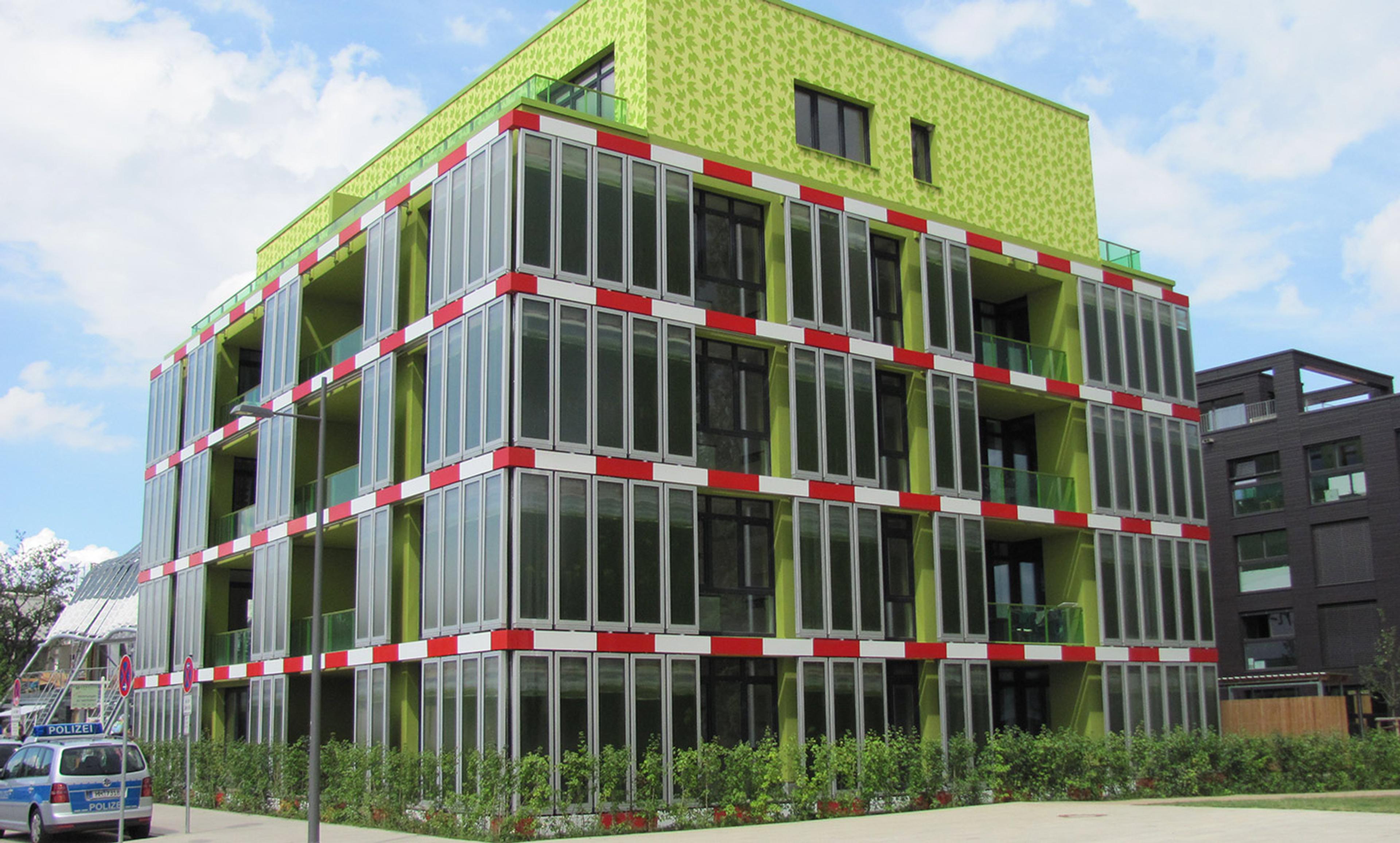Birmingham Central Library. Photo by Bs0u10e0/Flickr
Everybody recognises Brutalist architecture – the massive concrete buildings that thumped their grey bulk into the heart of almost every city on Earth during the course of the 1960s and ’70s. Now they often look unloved: streaked with rain and dirt, remorselessly grey, and lacking any of the pretty, humanising touches of older architecture. Brutalist concrete frequently fulfils the most unglamorous functions: road infrastructure, outdated shopping malls with the worst shops or, at best, the shabbily quotidian teaching buildings of most universities and many schools.
Hardly surprising that many hate the style. The Prince of Wales’s celebrated attacks of the 1980s still resonate with some (he declared that Britain’s National Theatre ‘seems like a clever way of building a nuclear power station in the middle of London without anyone objecting’), and concrete is seen as cheap, craftless and dreary.
I could not disagree more. I love Brutalism, and am increasingly clear that it is not merely the equal of any other period’s architecture, it is better. There has never been a more remarkable period of architectural achievement.
The exceptional brilliance of 1960s architecture comes partly from technical improvements. In its versatility and strength, reinforced concrete was vastly superior to any earlier building technology, freeing architects to make the shapes they judged most useful and beautiful. It killed off the millennia-long design tyranny of the loadbearing facade – a structurally necessary vertical plane that left architects little more to decide on than where to put the windows and how to decorate them. With concrete, the load could be carried on a few columns, and decks of accommodation could float where the designer and client wanted them, not where gravity insisted they be placed. There could be more outdoor space, more light, external pedestrian routes at any height, or luxuriantly planted terraces halfway up buildings. With newer, better heating options than open fireplaces, windows could be bigger, and rooms could reach sizes that would in earlier centuries have been unendurably drafty. Architects of the 1960s had a vastly richer palette with which to paint.
Concrete was beautiful, too. It followed the stone of medieval Gothic cathedrals in being a complete system in one material: structure, surface and decoration all arising from how the buildings were made and what they were made from. Gothic stonework, however, was stuck with the shapes imposed by the physics of arches. The best masons did a phenomenally beautiful and clever job of turning this restrictive palate into superb art but, however magnificent their achievement, it was narrow: stunning churches, but relatively little else. Concrete could be turned to any use. Nor would it, like most older buildings, require regular repainting, endless re-attachment of roof tiles after each windy day, or expensive replastering. It would take the knocks of city life with sturdy resilience and rough dignity.
For 1960s Modernist architects, influenced as they were by the Arts and Crafts movement’s preoccupation with honesty – with buildings and materials looking like what they were – concrete had the beauty of absolute clarity. With only the most minimal knowledge, you can see from its surface how the building was made and how it stands up: whether the concrete was poured into carefully made moulds in its final position, or made in a specialist workshop and then dropped into place by crane; whether the moulds were rough-grained wood or smooth fibreglass; which bits are holding weight and which are simply claddings to a frame.
Cheap energy made steel and glass, once materials far too luxurious for widespread architectural use, readily available, and allowed massive production of concrete’s key ingredient, cement. These newly affordable materials and powerful petrol-driven cranes and diggers supported an international building boom on a scale never before seen: housing, universities, schools, government buildings, offices and shopping centres were built across the globe, many of them on a scale reserved before the Industrial Revolution for the palaces of the few most powerful people on Earth. The quantity of architects and number of commissions was also wholly unprecedented, and their awareness of what was going on in other countries was bolstered by easy international travel, and a hyperactive specialist press guzzling new ideas and new images from wherever they could find them, and repackaging them for their own audience.
The level of mutual awareness and competition between ambitious architects was equivalent to the rivalry between painters in Renaissance Florence, but the number of architects and jobs was massively greater, making that most famous of creative hothouses look like an artsy village in comparison with the interconnected worldwide metropolis of 1960s architecture.
Architects internationally were stimulated by these gloriously liberating new options, and the ever-accelerating gallop of technical progress. They were enthralled by the inspiring habitable concrete art that the Swiss-French architect Le Corbusier had been producing since the end of the Second World War. This international stylistic movement gets different sociological explanations in different countries: an expression of the welfare state in the UK; Cold War politics in the US and the USSR; Québécois self-assertion in Montreal; post-war self-reinvention in Japan; proud independence from the British Empire in India; rapprochement and relaxation of oppression in Franco’s Spain; and so on. Each of these has a large element of truth, but the ubiquity of the style tells a clear story of technical and artistic momentum, too.
Architects of the 1960s tended to keep silent about this strongly felt artistic intent. Where great patrons of earlier periods had often been powerful individuals, flattered by conversations on the cosmic significance of their building plans, the typical Brutalist client was a committee with responsibility for managing a public or corporate budget. Architects spoke and wrote about their buildings with a tediously technical dryness which, while freeing them from aesthetic control at the time, has perhaps contributed in the long run to the underestimation of their artistry.
Paul Rudolph, for example, the most gloriously expressive Brutalist of the United States, produced for the Government Service Center in Boston a writhing snake-fight of curvaceous staircases, slithering their circuitous way through a landscape of concrete mushrooms, overhung by a chunky cliff of offices with a mysterious bulge in it resembling a malevolent giant frog. The entire building is textured with hammer-smashed concrete ribs, giving it a limitless appearance of solidity and permanence, and making all the more remarkable the moments when rough gives way to almost-polished smoothness at the points where human hands might run along it. Rudolph’s building is more lusciously sensuous than German Baroque, and as austerely overwhelming as an Alpine gorge. Yet when asked about his aesthetic intent, he replied, presumably stifling a laugh at his own deadpan outrageousness, that the design was ‘a straightforward functional solution to problems of circulation and drainage’.
It is time we stopped being fooled by these sorts of claims, and threw ourselves into enjoying the greatest ever period of architecture – that brief but precious moment after the structural limitations of brick, stone and wood were overcome, and before the oil crisis of the 1970s destroyed the optimistic futurism of the 1960s. The craft required for concrete work as good as Rudolph’s is as skilled and remarkable as that of any older building technology, and the quality is visible once you look properly.
The advent of guilt-ridden environmental consciousness rightly limits architects’ options now, and must do for the foreseeable future. Brutalism will never happen again. Our stock of Brutalism is limited, and sadly under constant attack. The demolition and ‘refurbishment’ of great buildings by Rudolph, I M Pei, Denys Lasdun and other giants of the movement should be taken as seriously as would the loss of buildings by Donato Bramante, Christopher Wren or Frank Lloyd Wright. Brutalism deserves far better than the wrecker’s ball: it was the pinnacle of world architecture through all of history.
